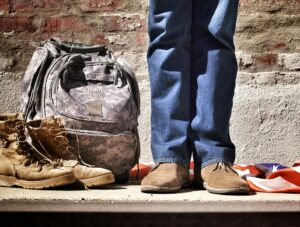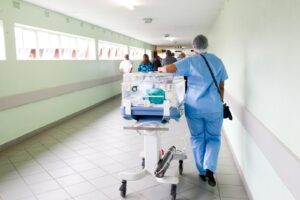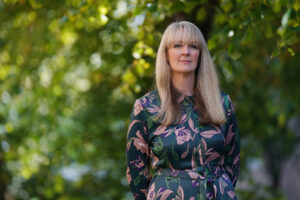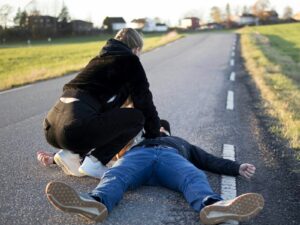Number of rough sleepers reaches 8-year low, according to government
The number of people sleeping rough in England has halved since 2017, reaching its lowest level in eight years, according to government statistics.
The government’s annual rough sleeping statistics, published today, show that rates have fallen for a fourth year in a row with a 9% reduction in rough sleeping compared to last year.
The number of people in emergency accommodation has also nearly halved, with more people securing long-term homes.
Rough Sleeping and Housing Minister Eddie Hughes MP said: ‘The government remains focused on ending rough sleeping by the end of this parliament and we’re making excellent progress towards this.
‘Today’s figures are testament to that, showing our investment is helping more people have a roof over their heads and the best possible chance of turning their lives around.’
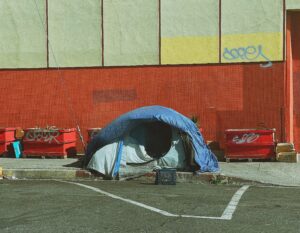
The government has invested £800 million this year to tackle homelessness and rough sleeping, with £2 billion committed over the next 3 years.
This includes providing 6,000 long-term homes through the £433 million Rough Sleeping Accommodation Programme and up to £52 million for rehab and detox services for people with drug or alcohol issues.
The government has committed to publishing its Rough Sleeping strategy, to set out a plan for how it will continue its work to end rough sleeping by ensuring rough sleeping is prevented in the first instance and responded to effectively in the rare cases where it occurs.
However, new research from Heriot-Watt University has revealed a stark warning from councils of rising homelessness levels in England.
The research, commissioned by Crisis, surveyed 155 councils across England, with nearly all (97%) saying the end of the eviction ban introduced during the pandemic will lead to an increase in homelessness, and 80% saying the recent £20 cut to universal credit will contribute to rising homelessness.
The majority also warned that other financial policies such as the freeze on Local Housing Allowance (LHA) rates (77%) and the benefit cap (71%) are likely to cause an increase in homelessness in their areas.
Leading homelessness charity Centrepoint also argued the snapshot is ‘downplaying’ the true scale of rough sleeping.
Balbir Chatrik, Centrepoint’s Director of Policy, said: ‘When you pledge to end rough sleeping by 2024, it’s crucial to gain an accurate picture of the issue so sufficient resource can be allocated to tackle it head on. Year after year though, the snapshot’s finger in the air approach only serves to downplay the true scale of rough sleeping and homelessness more widely. The fact that just 19 per cent of local authorities counted in person reinforces how futile the snapshot is.
‘We know that Everyone In supported nine times more rough sleepers than the snapshot counted. If the government is really committed to ending rough sleeping, then understanding the true scale of it is essential. A meaningful, first step would be implementing more robust data collection across the country, followed by allocating adequate funding to support homeless people off the streets and into a safe home.’
Photo by Naomi August












